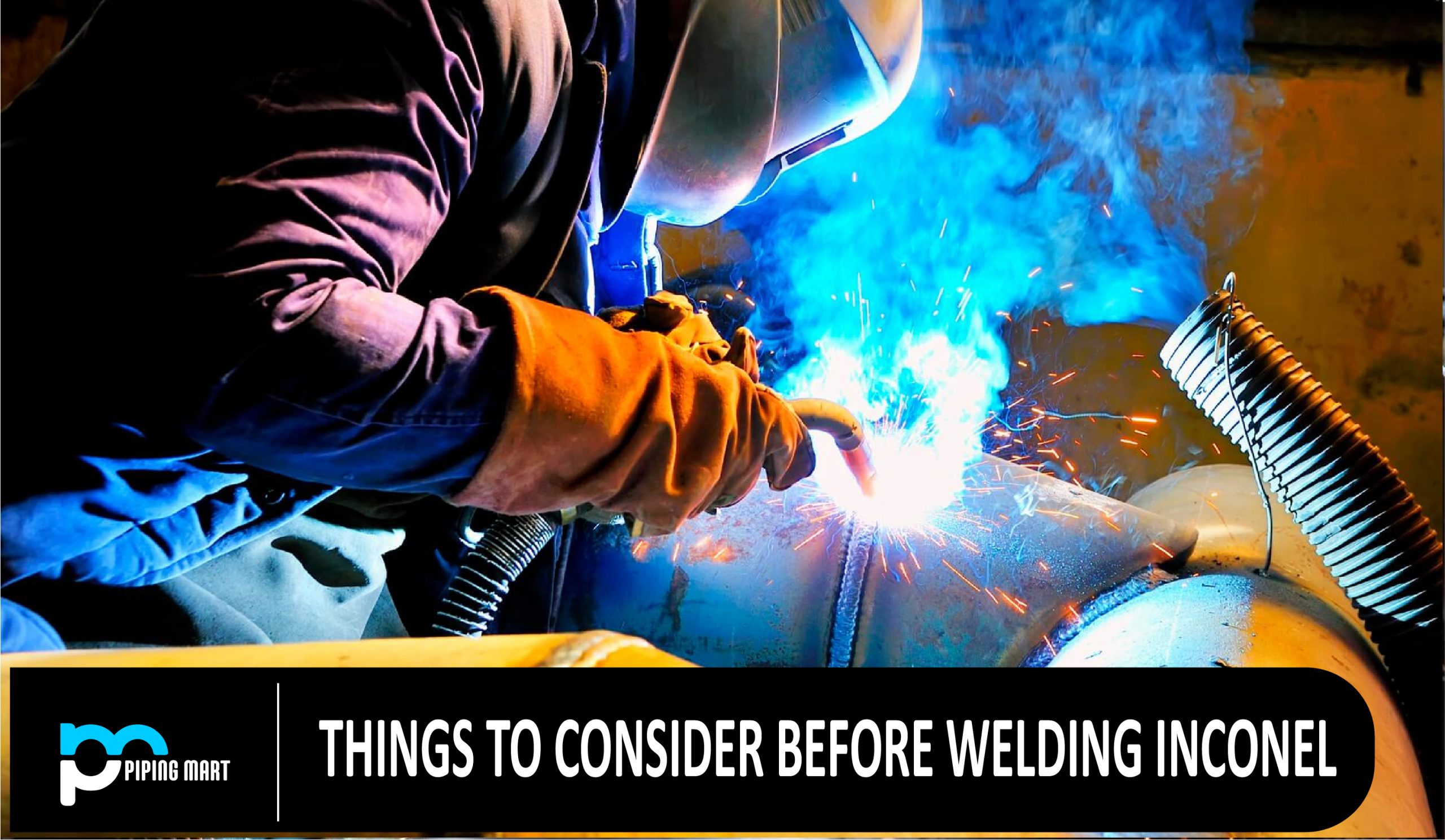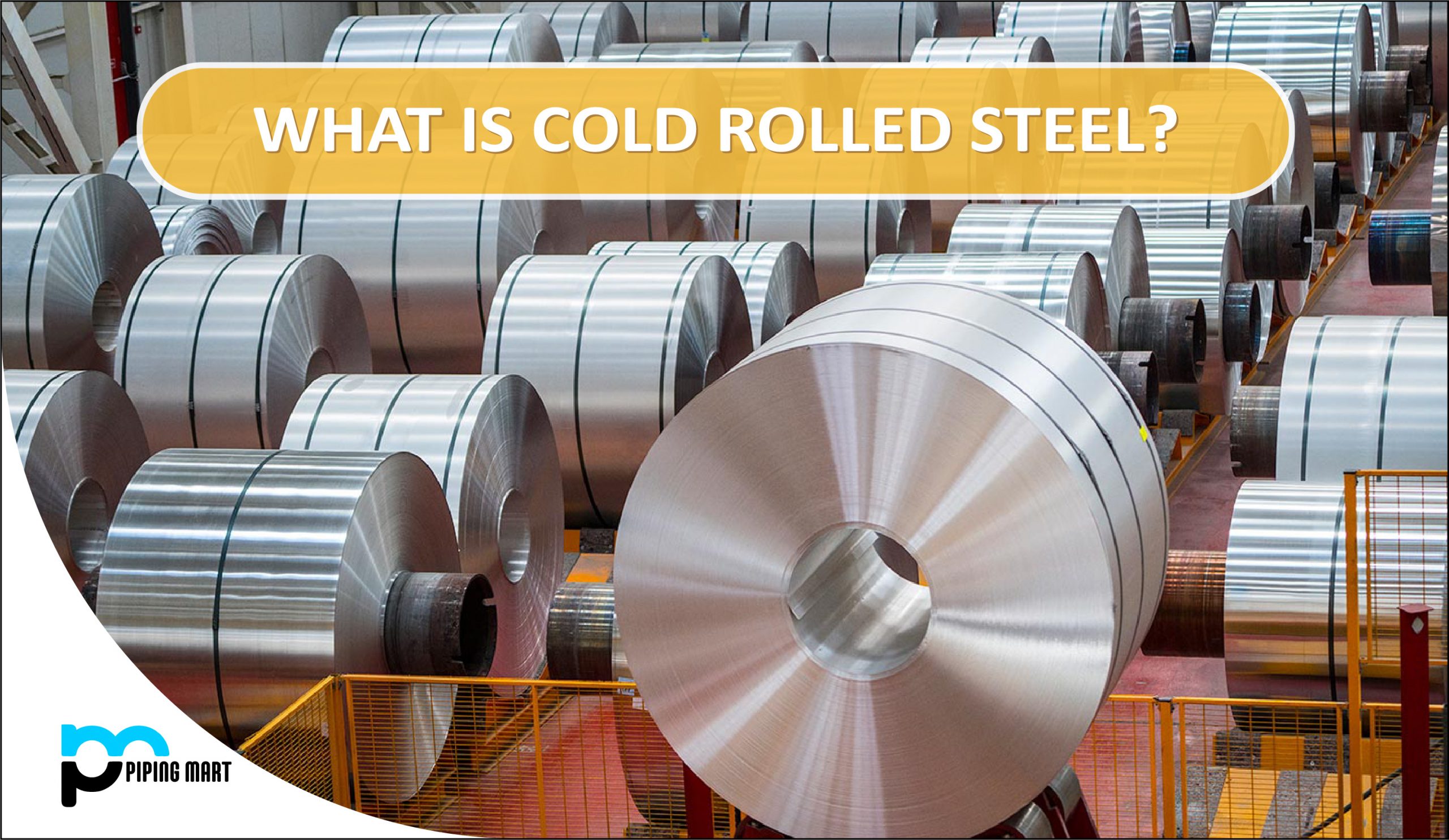Inconel welding indicates a specific type of nickel-chromium alloy. These nickel-chromium alloys are indispensable elements for many welding processes. They are used in high-temperature welding projects. However, only a few types of Inconel are specifically designed for use in welding. This is because some welds tend to crack after use. They are mainly used in tungsten inert gas welding, commonly known as TIG.
Things to Consider Before Welding Inconel.
Purpose of the part- A firm understanding of the process of the part can help the manufacturer in the design and creation of processes to understand what needs to be done and what can be improved.
Most skilled welders use the TIG technique to use Inconel alloys. The TIG method gives the welder more control over welds such as GMAW and SMAW. Remember that when you are working on soldering, you need to have better control over the soldering process to avoid any difficulties. Hence, it takes a lot of practice to become an experienced TIG and Inconel user.
Resistance welding is a process that involves creating thermal resistance from dissimilar metals. It is very energy-saving, high production speed; No fillers are required. The only problem with this method is that it provides very low weld strength, so it is not used in all cases. You must research if you decide to go for this method.
Energy Beam Welding is a process that uses a very high energy density and a powerful laser beam to help reduce the size of the weld area. This method is quite reliable, but it may not be the most cost-efficient method and you must be aware of potential thermal cracking.
Solid-state welding is a process that does not involve fusing pieces of material. This method uses processes such as ultrasonic, explosive, friction, magnetic pulse, joint construction, cold exothermic treatment, diffusion, hot pressure, high frequency, coil welding, and induction
Test For Quality-
When you want to test the quality of your weld method; there are two ways:
- Destructive, when using this method you will want to utilize a stress gauge, a high-speed camera, and a sound detector. This kit will log any defects so you can make appropriate adjustments.
- Non-destructive uses several techniques that will not risk causing damage to your material.
These methods check for things such as:
- Defects
- HAZ (heat affected zone)
- Distortion
- Cracks
- Burn

Pipingmart is B2B portal specializes in industrial, metal and piping products. Also, share latest information and news related to products, materials and different types grades to help business dealing in this industry.




